The Secret Cooling System Beneath Paris helps the French capital endure harsh summers despite unpredictable energy prices.
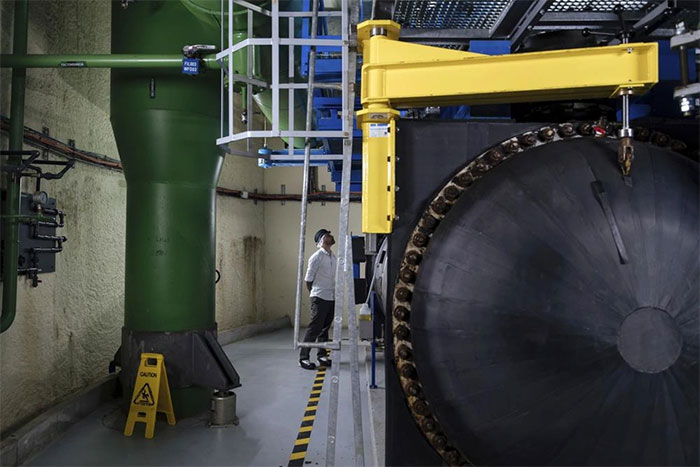
The little-known cooling system called “Urban Chill” lies 30 meters beneath the capital, Paris. Every day, cold water is continuously pumped through a network of pipes to cool the air for over 700 locations, including the Louvre Museum. This cooling system, which utilizes the largest scale renewable energy in Europe, operates silently, according to AP.
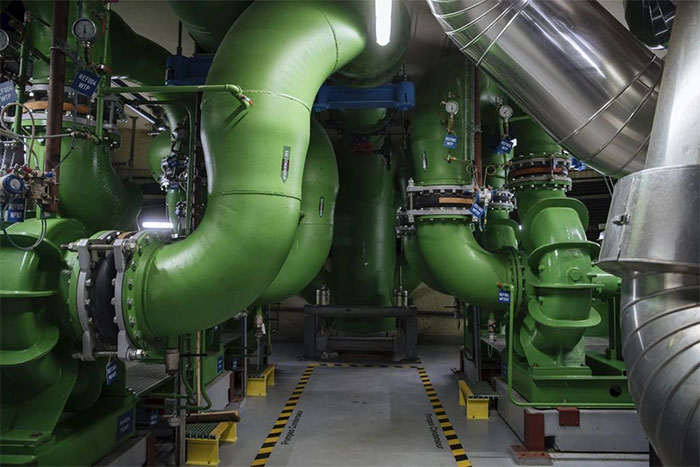
The Paris government has just signed a contract to triple the cooling network’s scale. By 2042, the cooling system will span a total length of 252 kilometers, making it the largest urban cooling system in the world, helping Paris cope with the risks of global warming. Over the next 20 years, Paris will expand the cooling network to hospitals, schools, and subway stations.
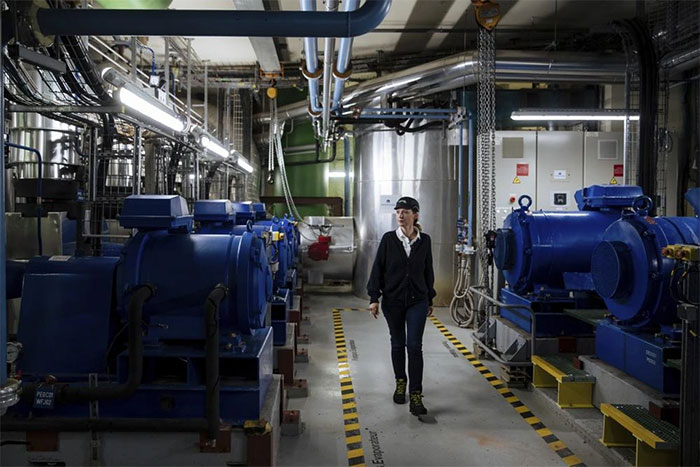
The underground cooling system in Paris is operated by the joint venture Fraicheur de Paris, with 85% of the shares owned by the state energy company EDF and the remaining 15% by the public transport operator RATP. The leaders of Fraicheur de Paris stated that the underground cooling system benefits the entire capital compared to each household installing an air conditioner.
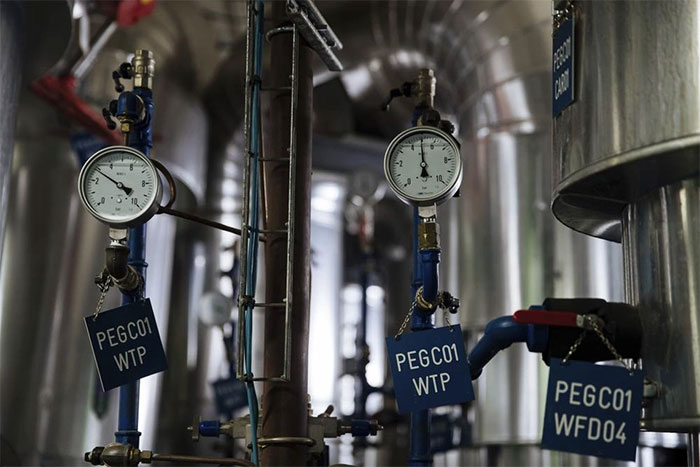
“If all buildings in Paris installed air conditioning, the urban heat island effect would occur,” said the leader of Fraicheur de Paris. The company noted that the cooling system helps reduce the city’s temperature by more than 1.8 degrees Celsius compared to using air conditioning throughout the city. “1 degree Celsius in the city center is significant.”
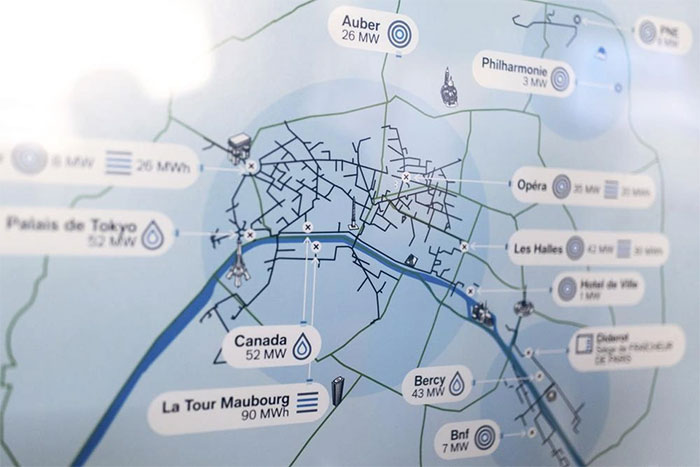
A part of the cooling system is built by the Seine River. When the river water is cold enough, a pump draws river water to cool the water in the system. The cold water is then pumped through pipes to over 700 locations in Paris.
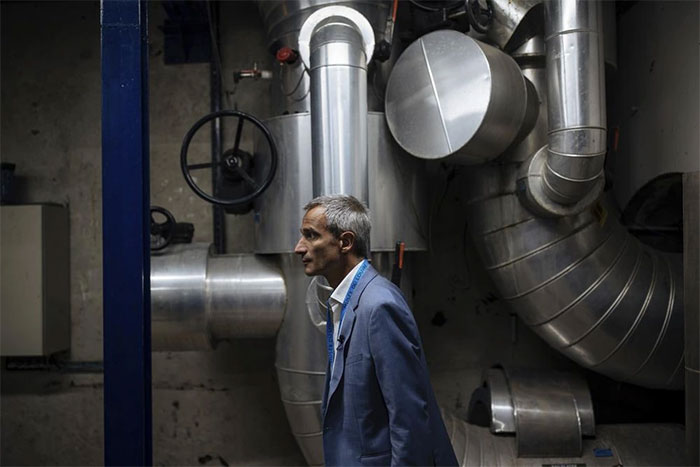
All cooling facilities in the system utilize renewable energy sources such as wind and solar power. Currently, four new solar energy facilities are set to begin construction, contributing to the energy supply for the cooling network.

The benefits of the renewable energy cooling system have become more apparent than ever this summer at various locations in Paris. “The Louvre Museum needs cold water to preserve artworks and control humidity,” said Laurent Le Guedart, director of the Louvre Museum’s heritage fund. The cooling system operates particularly effectively at the Pavillon Denon gallery, which houses the Mona Lisa and dozens of other artworks.
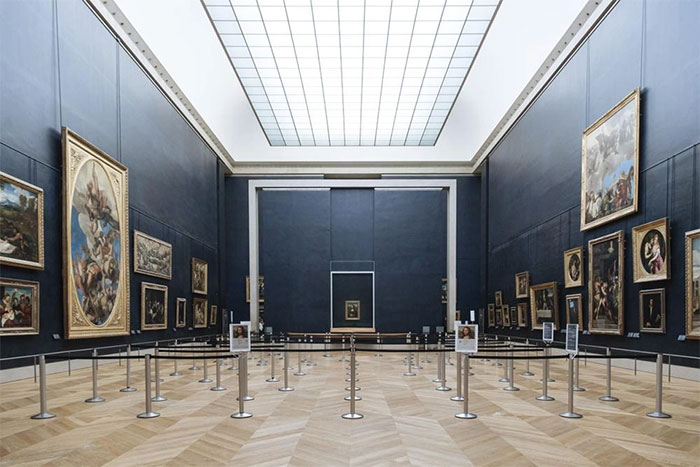
Mr. Le Guedart noted that the cooling system also helps save significant costs amidst rising energy prices due to the conflict in Ukraine. In 2021, the Louvre’s energy bill was around 10 million USD. The benefits from Paris’s renewable energy cooling system could help the Louvre save millions of dollars in the future as energy prices continue to fluctuate.


















































